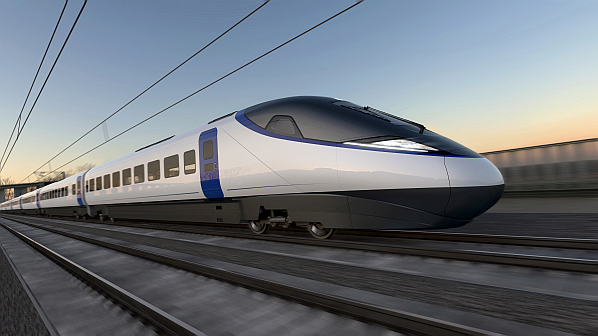VIRTUAL reality and real-time monitoring sensors will be built into HS2 infrastructure including rails, bridges and overhead electrification to offer high levels of reliability on Britain’s new high-speed line.
Detailed designs are being prepared using advanced computer design programmes and this data will be used to inform construction of the line, of which the 225km Phase One section between London and the West Midlands is due to open between 2029 and 2033. It will also be used to build a digital twin, a virtual reality 3D replica of the line, which offers a comparable level of detail.
The sensors will be added to the infrastructure during construction, and these will monitor the performance of the railway’s assets and components and will predict and prevent failure. HS2 Ltd confirmed that the sensors and 3D replica had not yet reached the procurement stage.
Live information will be used by the digital twin, with data also captured from sensors fitted to the trains to be delivered by the Alstom-Hitachi joint venture. The data will be transmitted to the Network Integrated Control Centre (NICC) at Washwood Heath, near Birmingham.
Engineers and maintenance teams will analyse the data, helped by artificial intelligence (AI), to monitor asset performance trends across the network. A downward trend will trigger a predict-and-prevent maintenance programme. Before heading to site, engineers will be able to use the virtual reality headsets to investigate issues from the NICC. This means some problems will be repaired without the need for a site visit.
“Harnessing the power of the digital twin and its predictive capability could see an asset’s operational life extended by months or even years,” says HS2 head of strategic planning and asset management, Mr David White. “This will enable us to reduce cost, cut waste and shrink the environmental footprint of HS2’s maintenance operation.”
For data on British infrastructure projects, subscribe to IRJ Pro.

